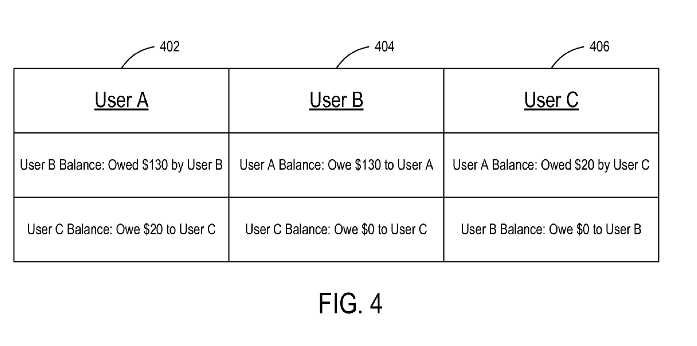
The acquiring firm, also termed the parent company, owns the entire share capital of a wholly owned subsidiary, or acquired firm. Therefore, the existence of a minority stakeholder group is not possible. If 100% of shareholding in a company is with another company, the former becomes a wholly owned subsidiary of the latter. Wholly owned subsidiaries are established to access multiple geographic regions, market areas, and industries.
It has been incorporated to become a subsidiary that has taken a long-term period. The main aim of the subsidiaries is to hold the normal form that belongs to 51% to 99%. Stakeholders are entirely specified with other liabilities and particular functions that arise in the company. It has to operate the particular division within the company and its infrastructure. The subsidiaries are owned to manage the threat in the parent company to the company’s advantage.
What Is a Wholly Owned Foreign Subsidiary?
If the previous leadership remains, it might get difficult to set up a new management style and system. Choosing our SaaS based PEO/EOR Solution enables you to build and manage 100% pure remote teams and expand into new markets 90% faster. An essential element in building a corporate structure is an organizational chart. Appoint workers for different roles and responsibilities basing it on the chart. Marvel was only a comic book company since its establishment in the 1930s. This acquisition proved to be the best decision for Marvel Entertainment and Disney.
- It also talks about the accounting and tax advantages of wholly-owned subsidiaries.
- Some jurisdictions require you to register the name under which you operate with local government agencies.
- For example, businesses in the food production or restaurant industry may need to obtain licenses related to food safety regulations such as sanitation standards and food storage protocols.
- One unique aspect of a subsidiary’s operating agreement is that there is only one member, the parent company.
Educational institutions can also be tax-exempt as they promote the general welfare of society. By providing education and training, they enhance the success of the workforce and, thus, the economy. But these changes must be made while avoiding disruption at the subsidiary as much as possible. In addition, Marvel Entertainment and Lucasfilm are now wholly-owned subsidiaries of The Walt Disney Company. You must draft the MOA and AOA, keeping the provisions mentioned in the Company’s Act (2013).
What are the disadvantages of establishing a foreign subsidiary?
This helps the parent company expand their business without having to worry about investing in setting up a new ecosystem from scratch. The parent company makes all the business-related decisions for the subsidiary. They may choose to have direct involvement in a smaller company’s workflow or not. Businesses interested in global growth but not ready for the commitment of establishing a foreign subsidiary have other flexible options. Two popular alternatives are engaging contractors or partnering with an employer of record.

The parent company chooses to have direct control or not in the subsidiary operations. The wholly owned subsidiary company may continue as a separate entity rather than getting merged into the parent. Legal obligations are as per regulations applicable in the region of subsidiaries location. While control still lies with the parent company, the subsidiary has much more independence. It must also consider all of the local laws and regulations of the host country, which can vary significantly from those in the home country. A foreign subsidiary also has greater tax obligations and must file separately for the subsidiary as its own entity.
Understanding a Wholly-Owned Subsidiary
In a merger, an acquiring company absorbs the assets of another company and the acquired company ceases to exist as a separate entity. A merger requires approval of the acquired company’s stakeholders; purchasing a controlling share of a company does not. A subsidiary can be created when a company purchases another company—or at least becomes the majority shareholder.
What Is a Wholly-Owned Subsidiary? Definition and Examples – Investopedia
What Is a Wholly-Owned Subsidiary? Definition and Examples.
Posted: Sat, 25 Mar 2017 21:36:39 GMT [source]
One of the most prominent examples of a holding company is Berkshire Hathaway, the multinational conglomerate chaired by CEO Warren Buffett. Companies that are wholly owned by Berkshire Hathaway include GEICO, Fruit of the Loom, and Dairy Queen. Buffett’s company also holds non-controlling shares of numerous companies, including Apple, Coca-Cola Co., Bank of America, and Kraft Heinz Co. The wholly-owned subsidiary has invested the concerned group in the manufacturing industry and their vehicle.
Subsidiary Company: What You Need to Know
The parent company can either wholly or partially own the subsidiary company. A company is a subsidiary but not a wholly-owned subsidiary if the parent company holds between 51% and 99% of its equity. The foreign subsidiary can market the parent company’s solutions to the local population, import and export goods, and hire local employees. The high costs, time wholly-owned subsidiary examples investment, and legal risks of setting up a foreign subsidiary deter many businesses eyeing global growth. Cultural norms vary greatly between countries, which impacts daily operations. The parent company must adapt to the cultural norms of their foreign subsidiary’s host country and accommodate different workday schedules or approaches to completing tasks.
Or maybe you’re curious about how some large corporations operate multiple brands or businesses under their umbrella. In this article, we’ll explore the concept of a subsidiary company, why businesses choose to create them, and when they are necessary. Since the subsidiary is founded and based in its own country of operation, there are fewer international rules and regulations than for operating a single company across borders. As a plus, the parent company owns the subsidiary in full, so there’s no doubt about who controls it. A wholly owned subsidiary is a business entity whose entire stock is owned or held by another company, referred to as the parent company. A business can become a wholly owned subsidiary either through a spin-off from the parent company or through acquisition.
Why use a wholly-owned subsidiary?
There are several advantages of a wholly-owned subsidiary. A wholly-owned subsidiary allows tax benefits, has limited liability, and promotes diversification.

